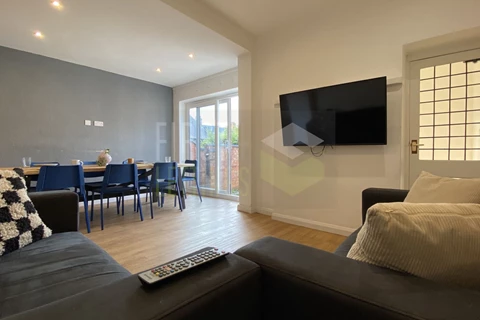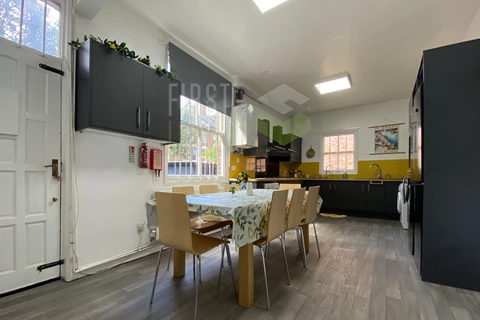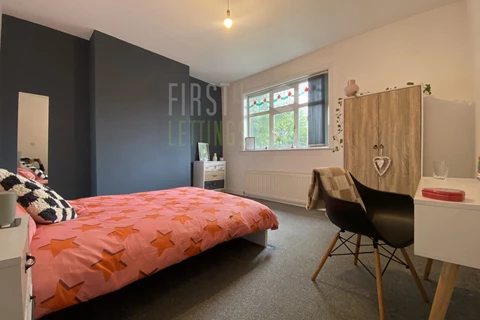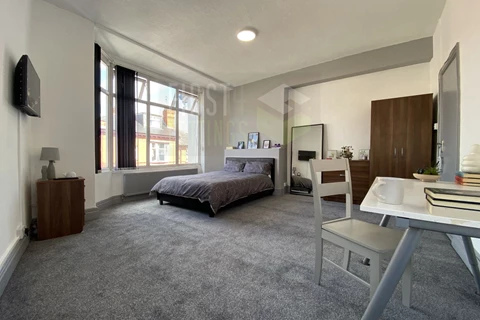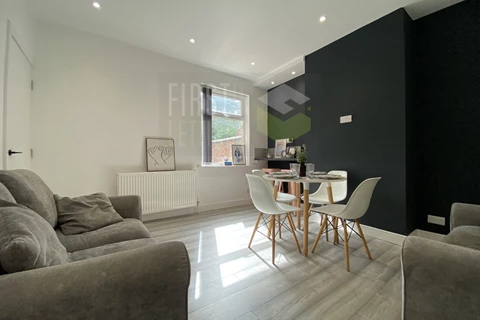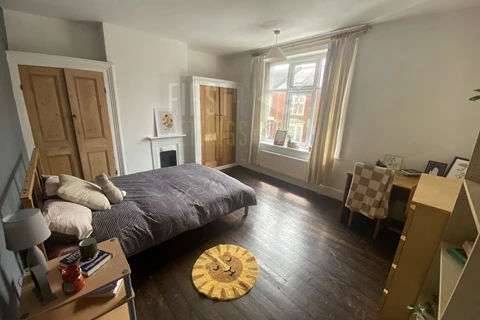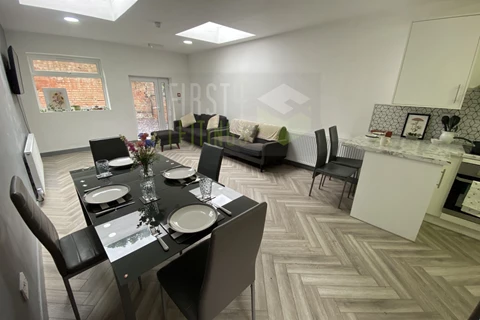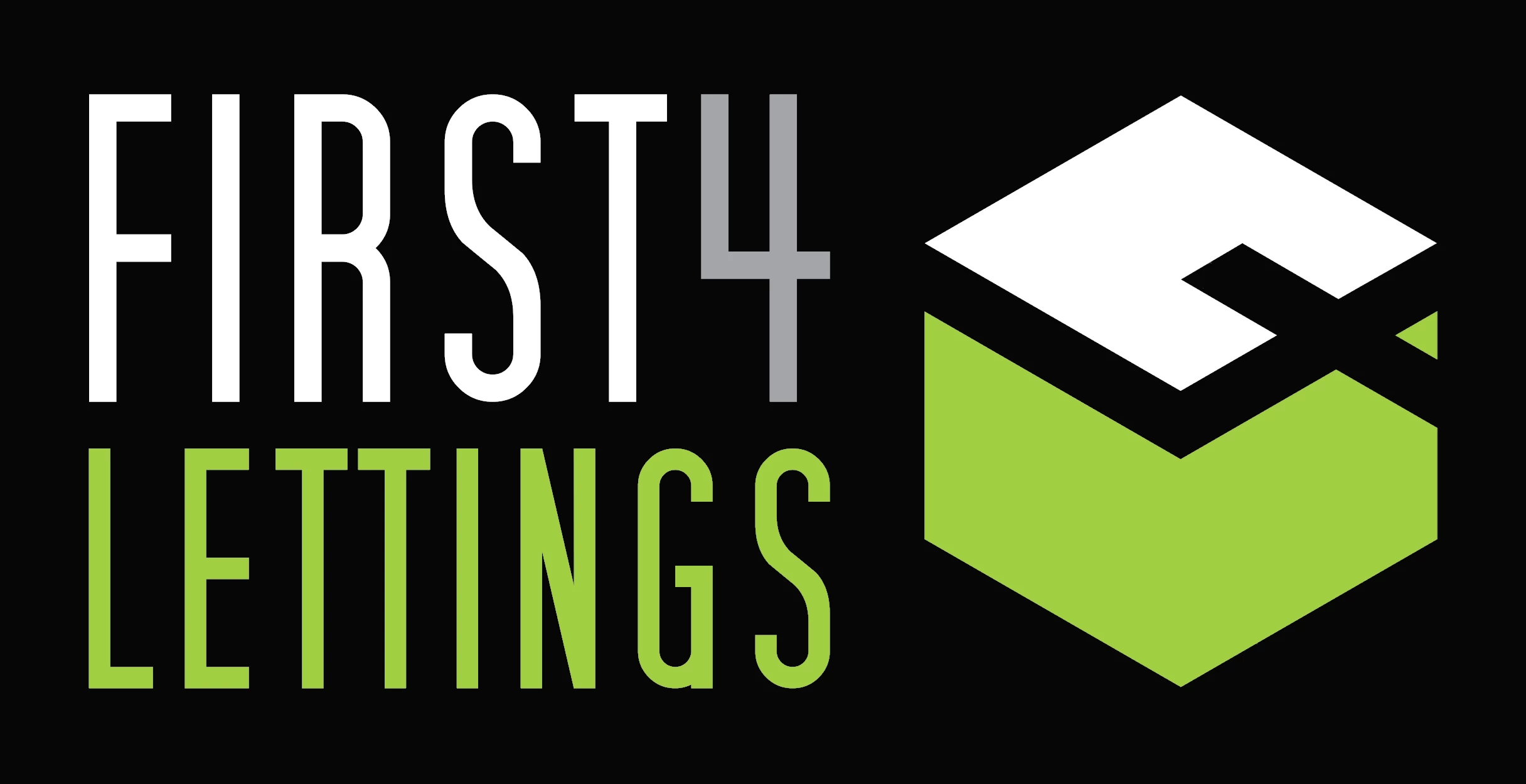
A surge in borrowing costs is threatening to shrink buy-to-let profits, particularly for those reliant on mortgages. Interest rates have more than doubled in the past year, impacting not only borrowers coming to the end of their fixed-rate deals but also those trying to enter the sector.
These inflated interest rates come on top of tax changes that are already affecting landlords. New rules implemented in 2020 mean that landlords who own properties in their own names can no longer deduct all of their interest bills from their rental income when calculating their profits for tax purposes. Therefore, landlords must work harder to ensure their numbers add up and keep an eye on expenses – including those handed over to the taxman.
There are a number of underused ways to cut costs – and we can help you find them..
Despite these challenges, there are still underused reliefs and expenses that landlords can claim to minimize their tax liabilities. Here are some tips to help you get started:
1.Claim for all qualifying expenses: Landlords can deduct costs such as insurance, letting agent fees, and payments to cleaners and gardeners from their rental income when filing their tax return.
2.Claim for property allowance: Landlords can claim a property allowance worth £1,000 each year in tax-free rental income. If you own a buy-to-let property with someone else, such as a spouse, you can each claim the £1,000 allowance.
3.Less tangible expenses, such as the cost of travelling between rental properties and phone calls or texts related to the property.
4.Use the Rent a Room scheme: Homeowners who let out a furnished room in their main home qualify for an automatic £7,500 tax-free allowance on any rental income. If the income is shared jointly, the allowance is halved to £3,750 each.
We hope that these tips will help you navigate the current landscape of buy-to-let properties and taxes. As always, it's essential to stay informed and seek professional advice if needed. Happy investing!
Please note that we are not certified accountants or tax advisors, and we highly recommend seeking professional guidance from a qualified accountant for tailored advice specific to your situation
Written by First 4 Lettings



